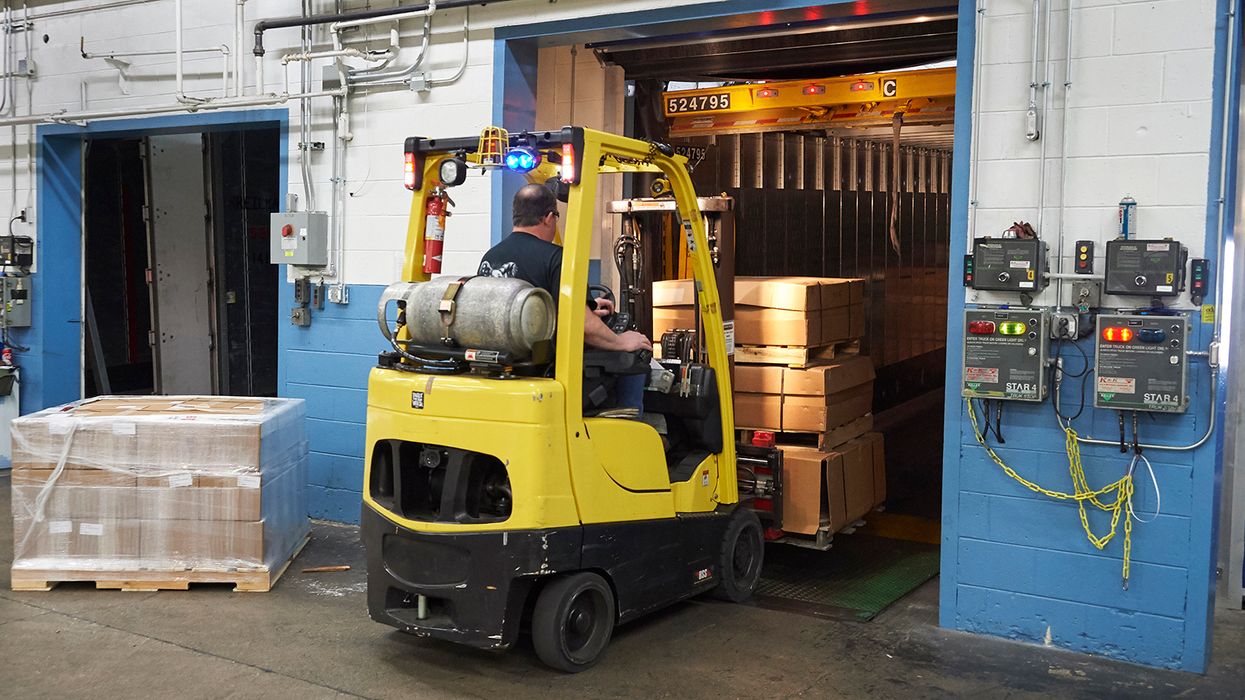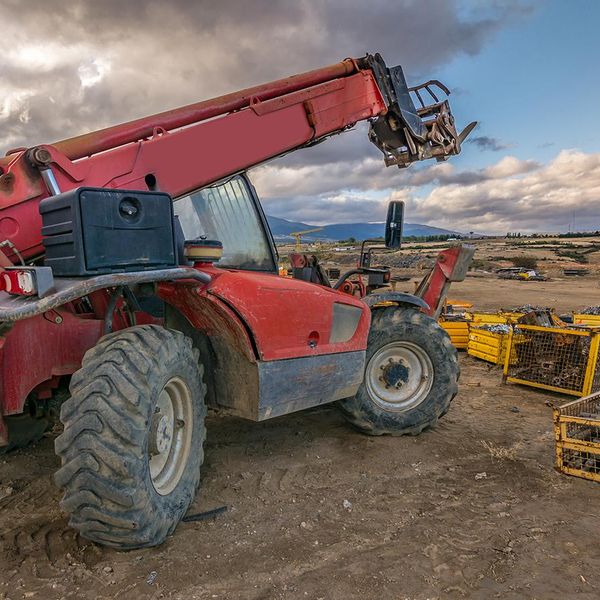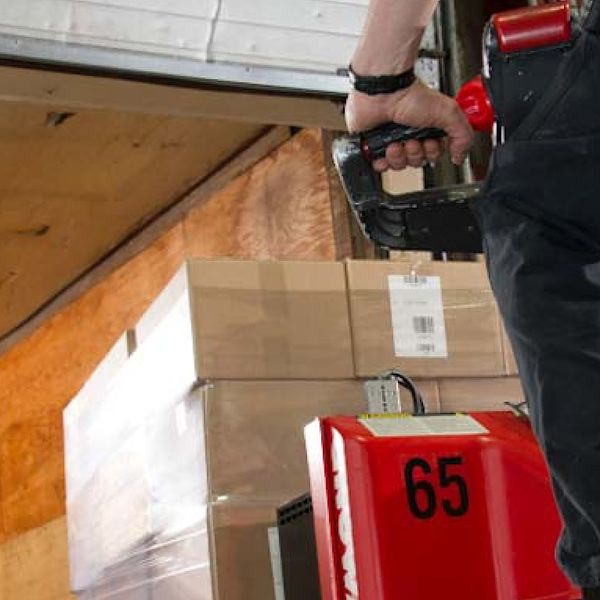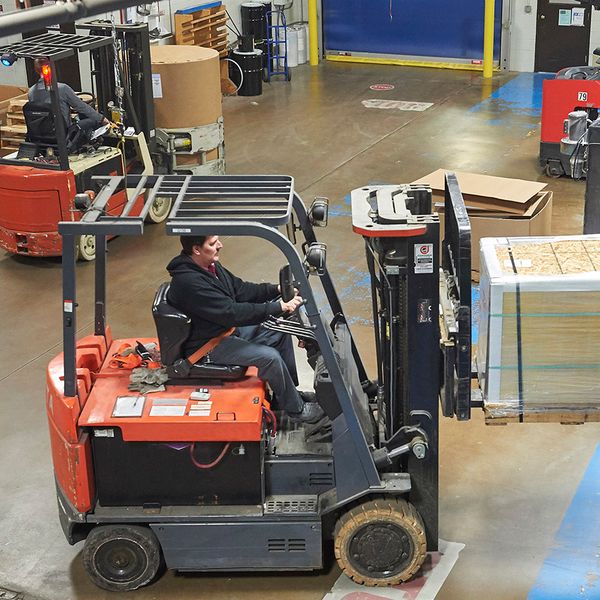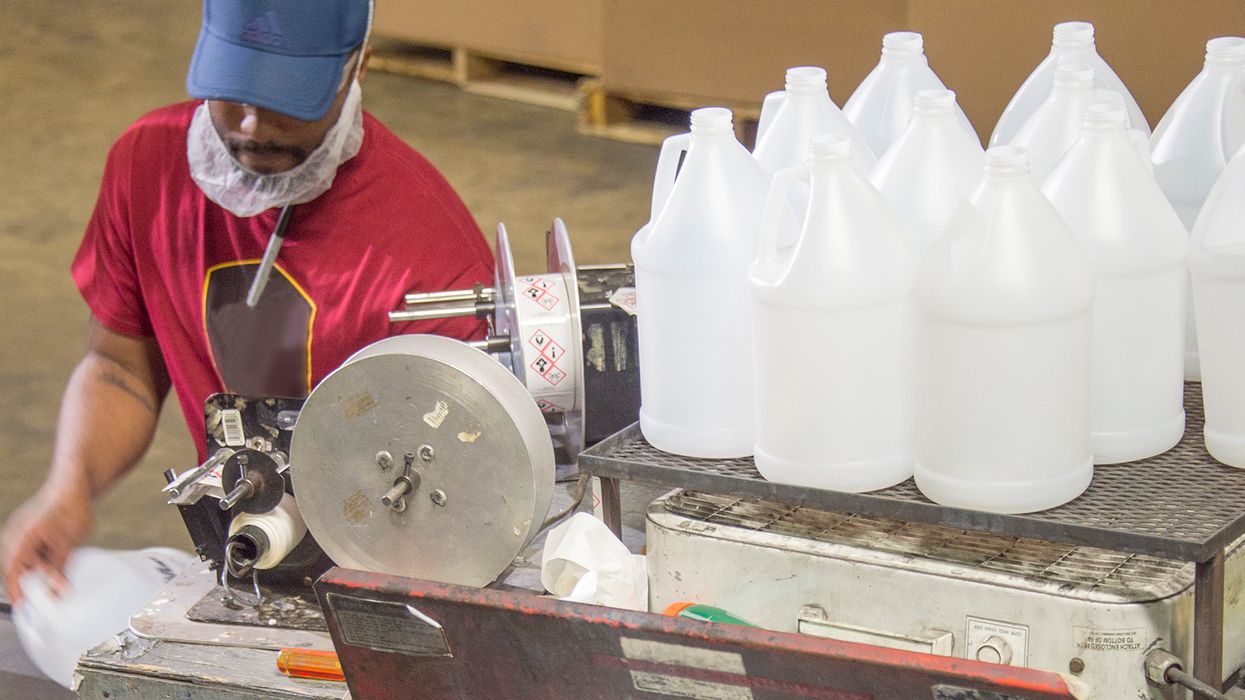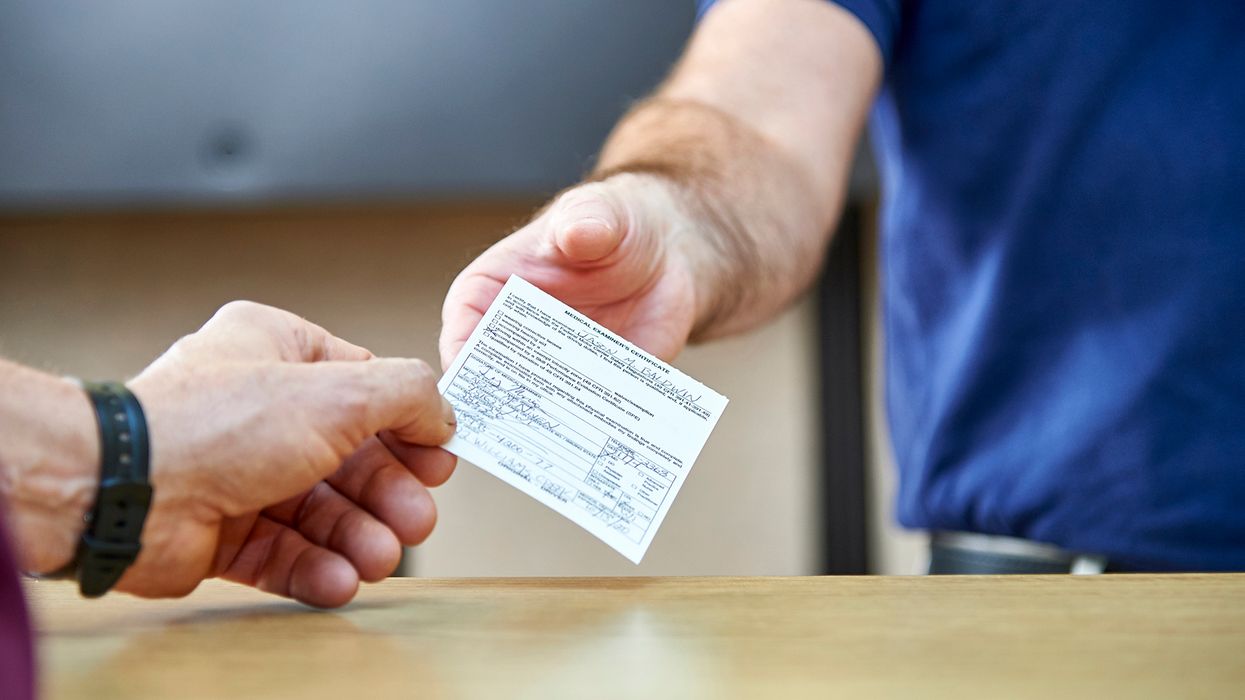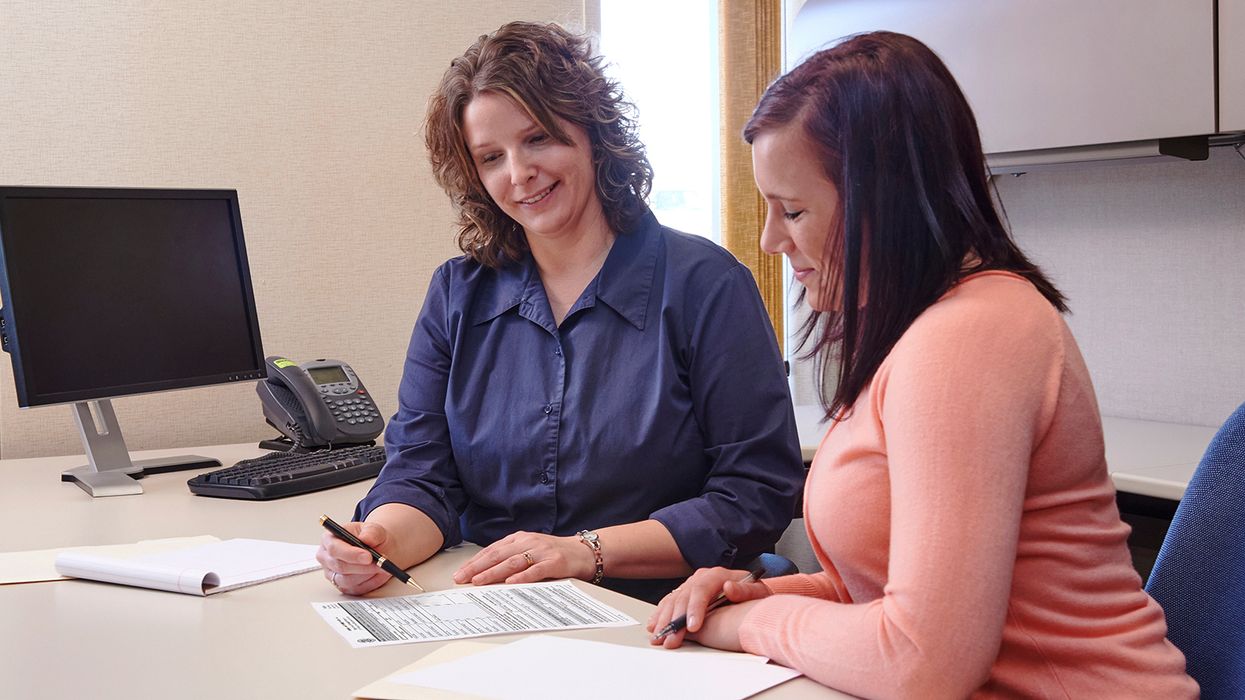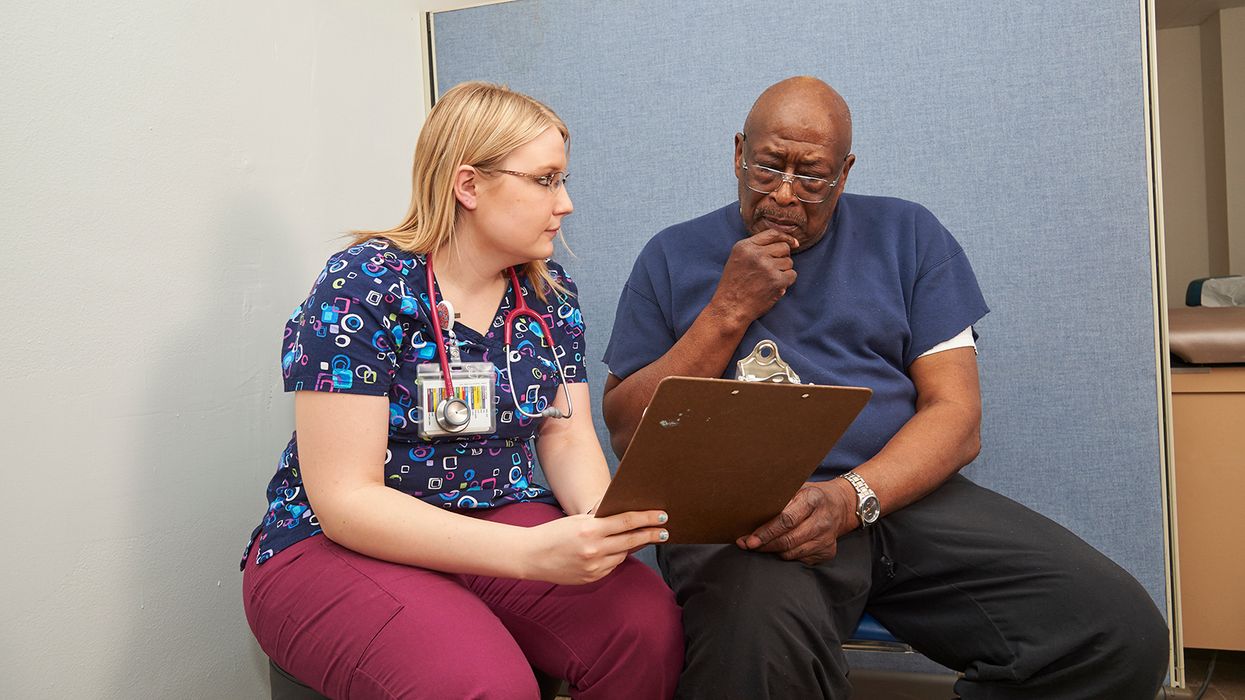Communication is critical when loading and unloading trucks
Many years ago, I had a near-miss incident involving a forklift that could have caused a serious injury. I worked as a forklift operator in the warehouse of a large retailer. Part of the job involved loading and unloading semi trailers.
While I was setting a pallet inside a trailer, the trailer started moving! I grabbed the radio mounted on my forklift, called the truck driver, and asked him to back up to the dock so I could get out. The driver asked why I couldn’t just jump out. I explained that I was sitting on my forklift and needed to get it back on the dock.
When I told a fellow forklift operator about this, he shared a much more frightening story. He also had someone start driving off with a trailer he was loading. In his case, the forklift was halfway out of the trailer when the truck driver started pulling the trailer away.
He immediately radioed the driver to stop pulling forward. When the trailer stopped, the rear wheels of his forklift were on the warehouse dock, and the tines of the forklift were on the trailer. The forklift’s front wheels (and his operator seat) were suspended in the air over the gap between the trailer and the dock.
The truck driver slowly backed the trailer up to the dock and no one was injured. But if the trailer had gone a few feet further, the forklift would have fallen, likely causing serious injury.
Although measures like wheel chocks or dock locks can help reduce the potential for these situations, good communication procedures are essential to ensure that truck drivers don’t grab the wrong trailer, or start pulling a trailer before it’s ready to go.

